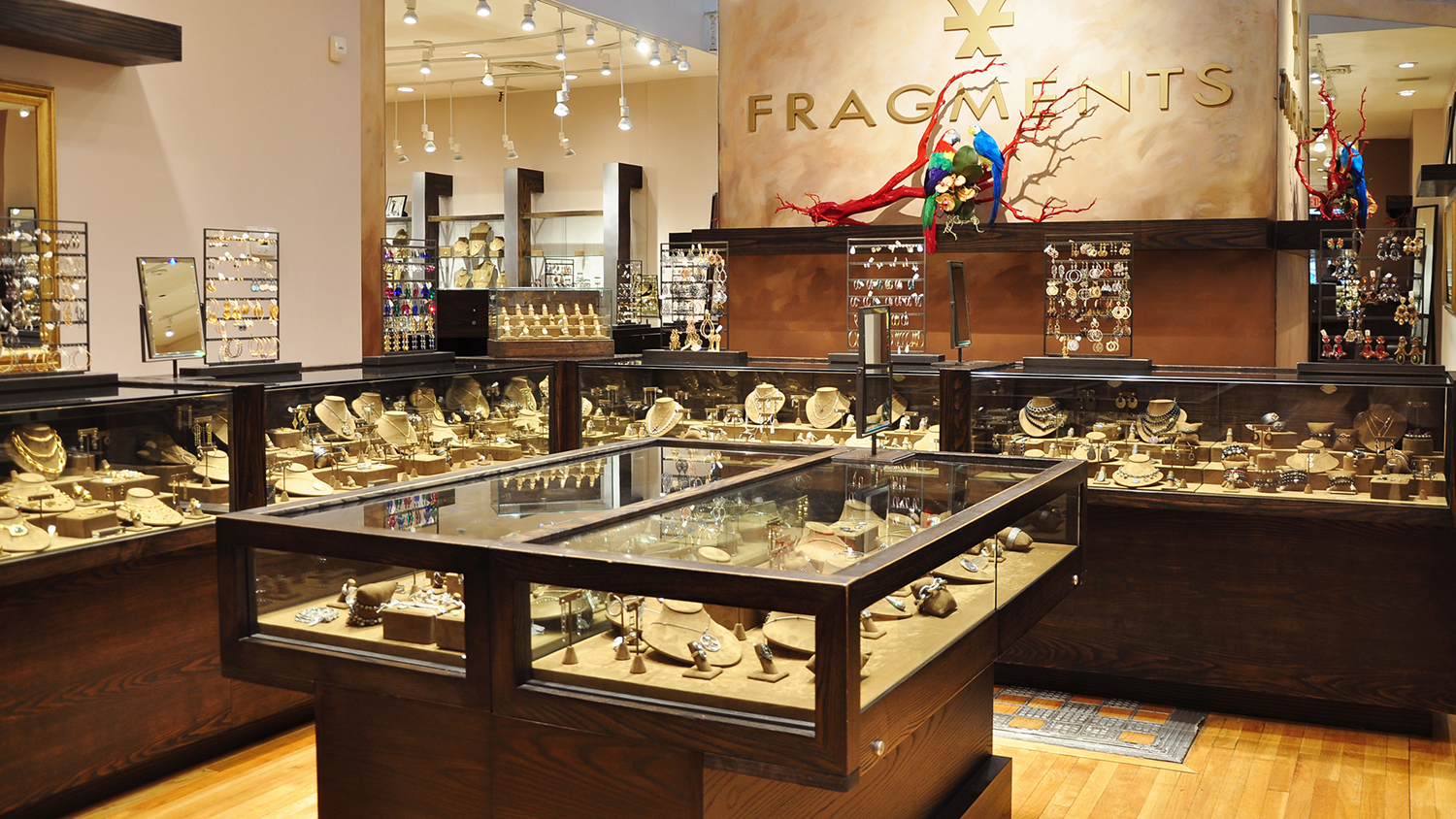
Introduction
The jewelry business is a lucrative industry that has been thriving for centuries. It involves the design, creation, and sale of various types of jewelry, including necklaces, bracelets, earrings, and rings. Jewelry holds significant cultural, social, and personal value, making it a sought-after accessory for individuals worldwide. This article will delve into the intricacies of the jewelry business, exploring its history, market trends, and key success factors.
History of Jewelry Business
Jewelry has been an integral part of human civilization since ancient times. The earliest evidence of jewelry dates back to around 25,000 years ago when humans started adorning themselves with shells, bones, and stones. Over time, jewelry evolved with the discovery and utilization of precious metals and gemstones. Ancient civilizations like the Egyptians and Greeks played a crucial role in advancing jewelry-making techniques, incorporating intricate designs and symbolism into their creations.

Types of Jewelry
The jewelry business encompasses a wide range of products, each catering to different tastes and occasions. Some popular types of jewelry include:
- Necklaces: Necklaces are worn around the neck and come in various styles, lengths, and materials. They can be simple chains, pendants, or statement pieces adorned with gemstones.
- Bracelets: Bracelets are worn around the wrist and can be made of metals, beads, or gemstones. They can be delicate chains, bangles, or charm bracelets.
- Earrings: Earrings are worn on the earlobes and come in diverse styles, such as studs, hoops, dangles, and chandeliers. They can be adorned with gemstones or pearls.
- Rings: Rings are worn on fingers and hold significant symbolic meaning. They can be engagement rings, wedding bands, or fashion rings embellished with gemstones.

Market Trends in the Jewelry Business
The jewelry business is influenced by various market trends that shape consumer preferences and purchasing patterns. Some notable trends include:
- Personalization: Customers now seek unique and personalized jewelry pieces that reflect their individuality. This trend has led to the rise of customizable jewelry, where customers can choose the design, gemstones, and engravings.
- Sustainable and Ethical Jewelry: With growing awareness about environmental and social issues, there is an increasing demand for sustainable and ethically sourced jewelry. Customers value transparency in the supply chain and prefer jewelry made from recycled metals or ethically mined gemstones.
- Online Retail: The advent of e-commerce has revolutionized the jewelry industry. Online platforms offer convenience, a wider range of choices, and competitive prices. Many jewelry businesses have embraced online retail to reach a global customer base.

Key Success Factors in the Jewelry Business
To thrive in the competitive jewelry business, several key factors contribute to success:
- Quality and Craftsmanship: Jewelry that is well-crafted using high-quality materials stands out and earns customer trust. Attention to detail, precision, and craftsmanship are essential in creating exquisite pieces.
- Design and Innovation: Unique and innovative designs attract customers. Jewelry businesses must stay updated with the latest fashion trends and incorporate them into their collections.
- Customer Service: Excellent customer service builds loyalty and enhances the overall shopping experience. Prompt responses, customization options, and after-sales service are crucial for customer satisfaction.
- Marketing and Branding: Effective marketing strategies, both online and offline, help in creating brand awareness and reaching the target audience. Social media platforms, influencer collaborations, and participation in events can boost visibility.

Conclusion
The jewelry business is an ever-evolving industry that combines creativity, craftsmanship, and market awareness. As consumer preferences continue to change, jewelry businesses must adapt to the latest trends while maintaining quality and customer satisfaction. By understanding the history, types, market trends, and key success factors, aspiring jewelry entrepreneurs can navigate the industry and establish a successful presence in the market.